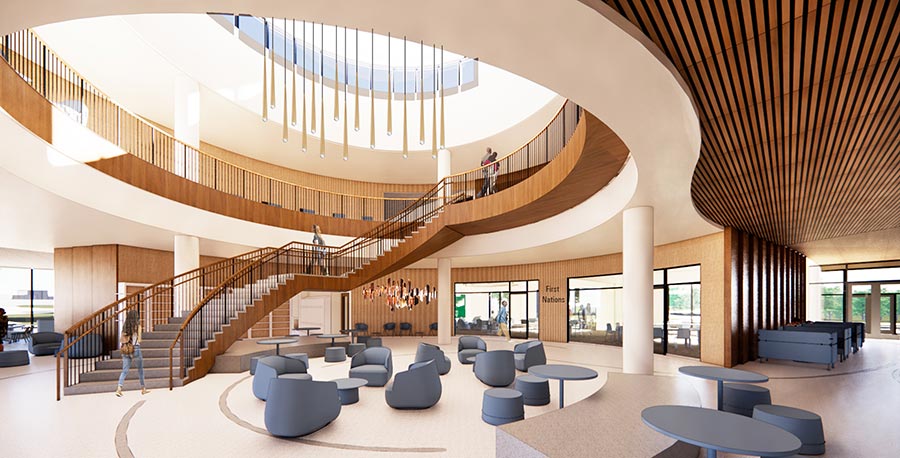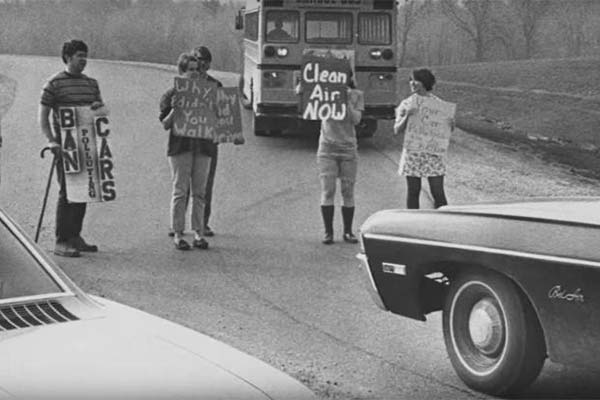Building Plans
Design Plans
Forging the future through collaboration and inspiration.
University representatives worked for months with architects and designers to develop new building design iterations. The ultimate goal remains constant—the successful launch of the next great chapter in UW-Green Bay's impact on both the campus and the community.

Guiding Principles
Throughout this project, our guiding principles are keeping us on track and focused.
- Sustainable, durable and maintainable building with a 50 to 75-year lifespan
- Welcome visitors to campus
- Showcase research and the academic achievements of the University
- Support research and promote cross-disciplinary cooperation
- Support student success and exploration of research-based innovative ideas in teaching and learning
- Improve efficiency, workflow and access to natural light and views for students and staff




Incorporating
Sustainability
Remaining true to Eco-U ®
UW-Green Bay has a rich history of ecological and environmental activism dating back to the mid-1960s, when we were first termed the “Eco-U®.” Central to the mission of the new Cofrin Technology and Education Center is to build upon that heritage and continue to reflect those founding principals. For example, our First Nations Education Department is actively involved with the design team to see that the new building is thoughtfully grounded in and respectful of its historical context. Plus, we’re incorporating practices like solar energy and landscape conservation.
Design Rationale
Pedagogical Rationale by Lisa Poupart Ph.D.
May 2, 2023

A Natural
Refuge
Building nature into our constructed environment.
Using principles of biophilic design, architects seek to enhance human connection by incorporating elements such as natural light, plant life, water features, and natural materials like wood and stone into the built environment.
- Natural Materials
- Water
- Natural Light
- Natural Patterns & Processes
- Botanical Motifs
- Ecological Connection
- Cultural Connection
- Indigenous Materials
Project Updates
To see the latest, updates and details regarding the Cofrin Technology and Education Center, check our project information site. This is where project organizers will post communication about closures, construction, demolition and more as the project timeline progresses.